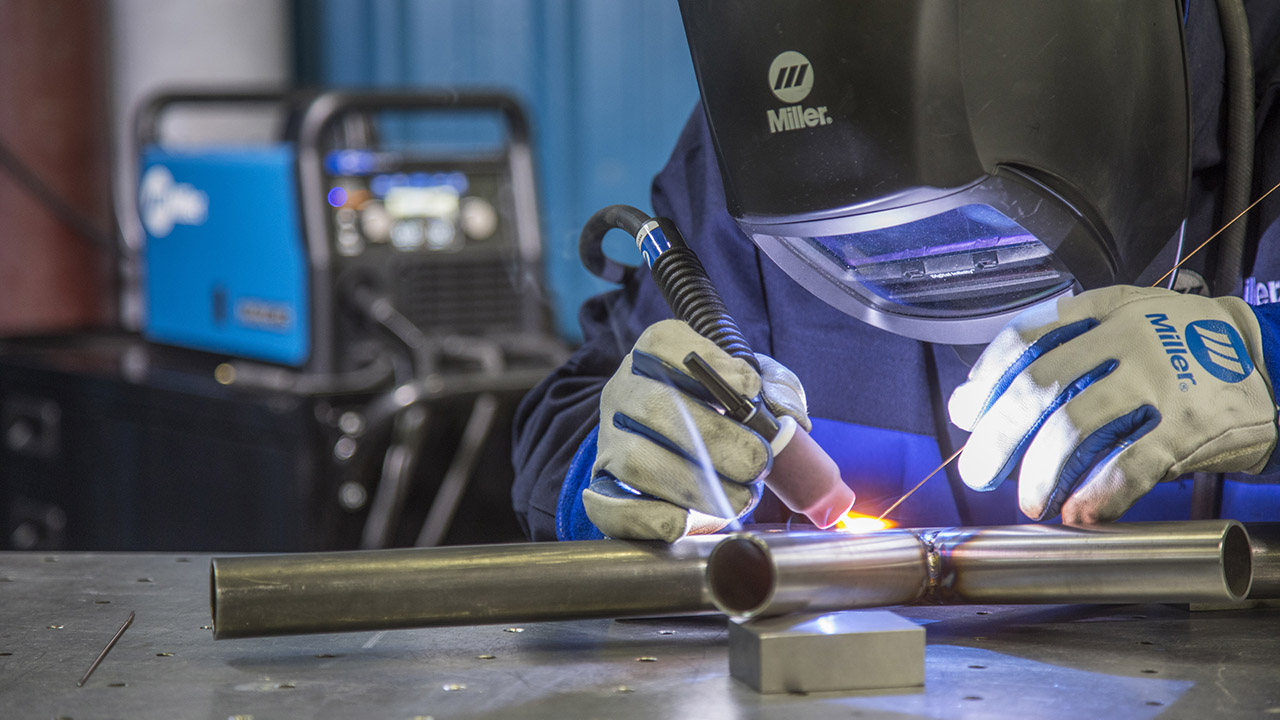Why a Welding WPS is Crucial: Enhancing Consistency and Compliance
Why a Welding WPS is Crucial: Enhancing Consistency and Compliance
Blog Article
Achieving Welding Quality: Introducing the Keys of WPS Execution and Optimization
In the realm of welding, accomplishing quality is a pursuit that hinges on the careful implementation and optimization of Welding Procedure Specs (WPS) By diving right into the key elements, methods, challenges, and ideal techniques linked with WPS, a globe of welding quality awaits those that are eager to explore its depths.
Significance of WPS in Welding
The Value of Welding Treatment Requirements (WPS) in the welding industry can not be overstated, serving as the backbone for making sure uniformity, high quality, and safety and security in welding procedures. A WPS provides comprehensive instructions on how welding is to be accomplished, including crucial variables such as materials, welding procedures, joint style, filler steels, interpass and preheat temperature levels, welding currents, voltages, traveling rates, and more. By adhering to a distinct WPS, welders can maintain uniformity in their work, resulting in consistent weld quality across various tasks.

Trick Aspects of WPS
Discussing the integral components of a welding procedure specification (WPS) is necessary for understanding its function in welding operations. One vital facet of a WPS is the welding procedure requirements, which describes the certain welding procedures to be made use of, such as gas tungsten arc welding (GTAW) or shielded steel arc welding (SMAW) By including these vital components right into the WPS, welding procedures can be standardized, guaranteeing high quality, effectiveness, and security in welding operations.
Strategies for WPS Optimization

Secondly, training and certification of welding employees according to the details demands of the WPS is vital. Supplying thorough training programs and ensuring that welders are accredited to carry out treatments laid out in the WPS can result in higher high quality welds and minimized rework.
Additionally, leveraging modern technology such as welding software application and tracking systems can help in enhancing WPS. These devices can help in monitoring variables, making sure criteria are within specified limitations, and supplying real-time responses to welders, allowing them to make instant changes for boosted weld top quality.
Usual Obstacles and Solutions
Encountering challenges in executing the strategies for WPS optimization can impede welding operations' efficiency and high quality. One common difficulty is inadequate Resources training or understanding of the welding treatment specs (WPS) among the welding group.
One more difficulty is the lack of appropriate documents and record-keeping, which is essential for WPS optimization. Without clear documents of welding specifications, materials used, and inspection outcomes, it ends up being challenging to identify locations for improvement and make certain uniformity in welding procedures. Applying a robust documentation system, such as digital welding administration software, can aid improve record-keeping and site link help with data evaluation for constant improvement.
Furthermore, inconsistent welding equipment calibration and upkeep can present a considerable challenge to WPS optimization. Routine tools checks, calibration, and maintenance timetables ought to be stuck to purely to make certain that welding specifications are properly controlled and kept within the specified tolerances (welding WPS). By resolving these common difficulties with proactive options, welding procedures can boost effectiveness, top quality, and overall welding excellence
Best Practices for WPS Application
To ensure successful WPS application in welding procedures, adherence to sector standards and careful focus to detail are vital. When launching WPS implementation, it is important to begin by extensively recognizing the specific welding demands of the job. This requires a comprehensive evaluation of the welding procedure requirements, products to be bonded, and the environmental conditions go to my blog in which the welding will certainly take area.
Once the demands are clear, the following action is to select the suitable welding procedure that lines up with these specs. This entails getting in touch with the relevant codes and standards, such as those offered by the American Welding Culture (AWS) or the International Company for Standardization (ISO), to make certain conformity and top quality.
In addition, documenting the entire WPS implementation process is important for traceability and high quality control. Detailed records should be kept pertaining to welding criteria, product prep work, interpass and preheat temperatures, welding consumables utilized, and any type of discrepancies from the original procedure. Routine audits and reviews of the WPS can help identify locations for enhancement and guarantee ongoing optimization of the welding procedure.


Verdict
In conclusion, the execution and optimization of Welding Procedure Specs (WPS) is crucial for achieving welding quality. By recognizing the crucial elements of WPS, executing reliable techniques for optimization, dealing with typical obstacles, and complying with ideal techniques, welders can make sure high-quality welds and risk-free working problems. It is important for specialists in the welding market to focus on the correct application of WPS to boost overall welding performance and attain desired end results.
The Value of Welding Treatment Specs (WPS) in the welding market can not be overemphasized, offering as the backbone for guaranteeing consistency, quality, and security in welding operations. A WPS provides comprehensive directions on just how welding is to be carried out, including vital variables such as materials, welding processes, joint design, filler metals, preheat and interpass temperature levels, welding currents, voltages, travel rates, and more. One crucial facet of a WPS is the welding process requirements, which lays out the certain welding procedures to be used, such as gas tungsten arc welding (GTAW) or protected steel arc welding (SMAW) By incorporating these essential aspects right into the WPS, welding treatments can be standard, making sure top quality, performance, and safety in welding procedures.
It is imperative for professionals in the welding industry to prioritize the proper implementation of WPS to improve overall welding efficiency and attain wanted outcomes.
Report this page